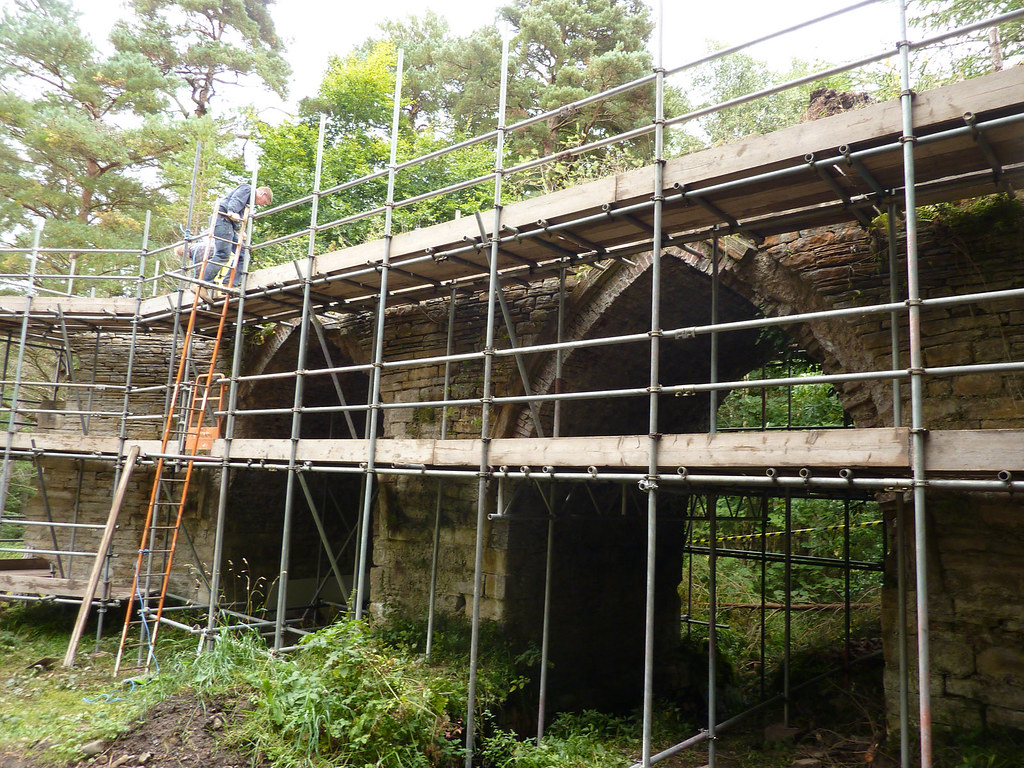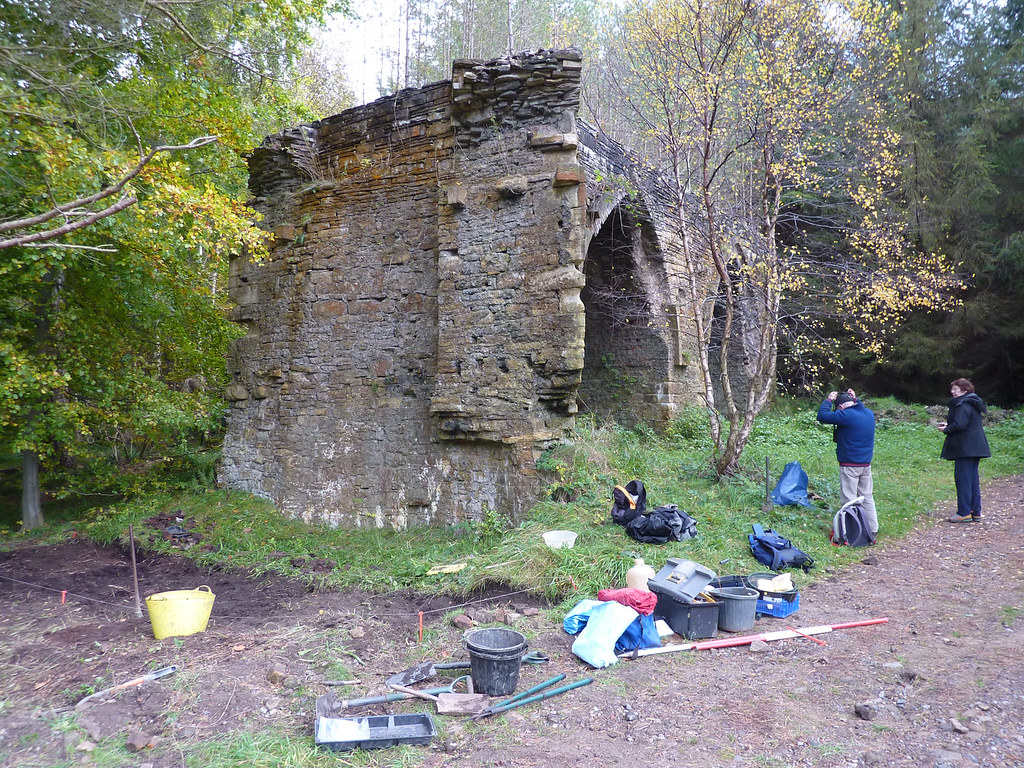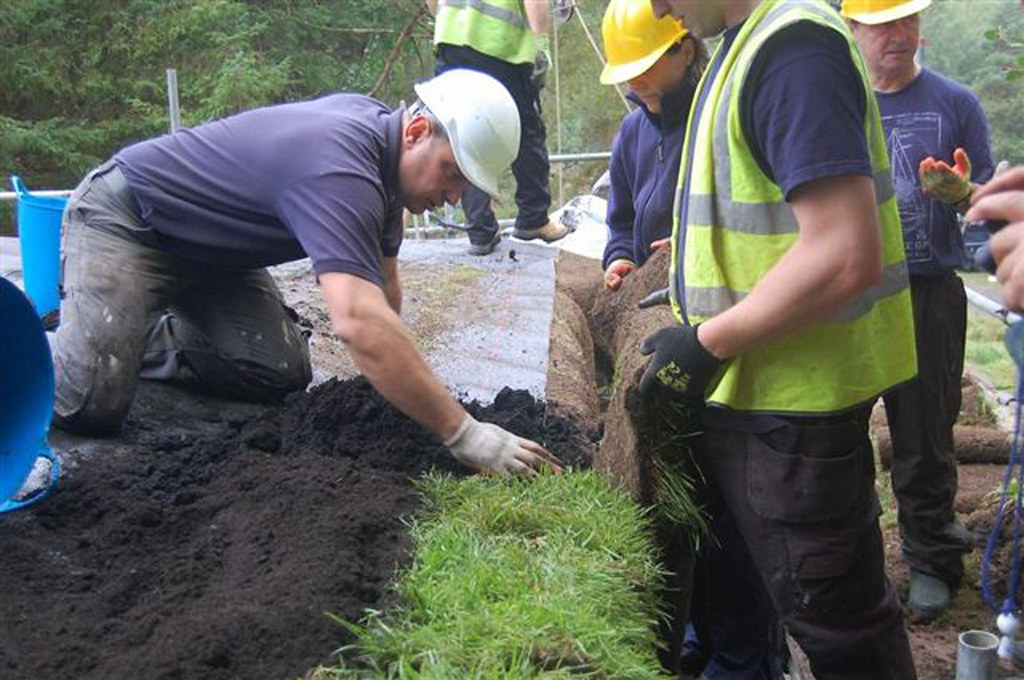Dukesfield Arches are an evocative remnant of the lead industry of the North East. Many such sites have been lost, but this is one of the earliest surviving. The arches carried horizontal flues from the smelting hearths to two chimneys on the hill. Other elements including the chimney bases, a wheel pit, ore hearths, bingsteads and mill leat were excavated and repaired during the works.
The site, part of Allendale Estates, has open access on a 25 year lease granted to the Friends of the North Pennines. The project was developed by local people and funded by grants from the HLF and others, significantly supported by thousands of volunteer hours. Their aim was to better understand, conserve and interpret their local heritage. Conchie &Co was commissioned for Project Management.
Tenders were sought from appropriately qualified architects accredited in building conservation, and Kevin Doonan Architect, AABC was commissioned in September 2012 to prepare a management plan for the consolidation of the structure.
Recording, research and analysis of the structure included a full measured survey and a condition report, which categorized the repairs into immediate, necessary and desirable. Volunteers carried out further historic and archaeological assessments, together with fauna and flora reports, under the supervision of the Archaeological Practice, and these informed the management plan.
The report enabled informed decisions about the repairs to be made, including the potential impact on the underground archaeology and the impact on wildlife during the works. The work strove to bring the structures back to good repair based on this informed conservation approach.
The approach to the repairs was minimal intervention but sufficient to adequately protect the historic fabric whilst ensuring the structure can be left in a safe state that can be easily maintained into the future.
Early consultation with the conservation officer took place. It was determined that the proposed works were considered as repairs and therefore a listed building application was not required.
A tender list of contractors was prepared by Kevin Doonan Architect, and Heritage Consolidation Ltd won the tender and carried out the consolidation works. They have a wealth of experience on listed/scheduled structures of this type.
https://www.flickr.com/photos/125414197@N08/16285046798/in/set-72157648371876454
The work was carried out under the JCT minor works contract. Due to the phased archaeological excavations the works were carried out over two years. The tender was £59,480. Works commenced in September 2013 and were completed in December 2014 on time and well under budget.
The works included clearance of trees, vegetation, roots from the structures, the consolidation of the wall heads, rebuilding sections of loose/precarious stonework, repointing, rebuilding areas of brickwork, and the installation of an innovative ‘soft capping’ with a clay membrane to the top of the arches. The turf was sourced locally to avoid the introduction of alien plant species on the monument.
Two Heritage Skills CPD training courses were delivered in lime mortar works and the innovative soft capping. Additionally, local people and school children tried their hand at lime mortaring and archaeology on open day and school events.




